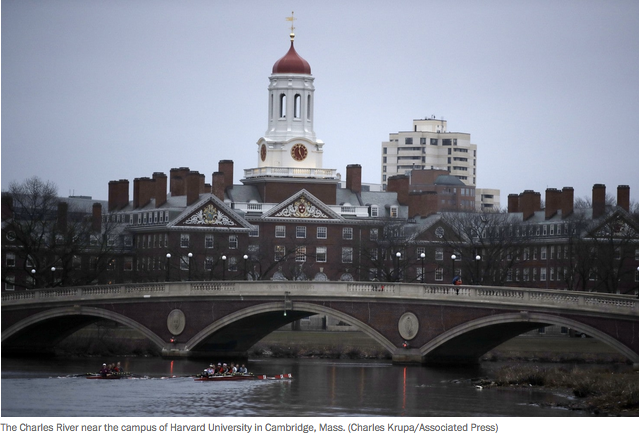All this is self-perpetuating, Reeves says. Class structure is becoming frozen. Downward mobility from the top is limited. Upper-middle-class parents are obsessed with supporting their children, from helping with homework to teaching bike-riding. The story seems so compelling that it could become conventional wisdom. Parents are destiny. Just recently, David Brooks, the influential New York Times columnist, bought into most of Reeves’s theory.
“Upper-middle-class parents have the means to spend two to three times more time with their preschool children than less affluent parents,” he wrote. He also excoriated “the structural ways the well-educated rig the system” — mainly restrictive zoning and easier college admissions, including legacy preferences.
But the facts don’t fit the theory. Reeves defines the upper middle class as households with pretax income from $117,000 to $355,000, representing the richest 20 percent of Americans excluding the top 1 percent (whose status he considers a separate problem). It’s doubtful whether families at the bottom of this range feel rich. For example, a household with two teachers earning average salaries ($56,000 in 2013) would nearly make the cutoff. (Disclosure: Reeves acknowledges belonging to the upper middle class, as do I.)
By Reeves’s arithmetic, the upper middle class — again, a fifth of the population minus the top 1 percent — accounted for 39 percent of income gains from 1979 to 2013, only slightly lower than the 43 percent share of the bottom 80 percent. (The top 1 percent’s share was 18 percent.) This growing income gap is worrisome, because it implies dramatically different life experiences among Americans. The differences “can be seen in education, family structure, health and longevity,” writes Reeves.
But these undesirable trends aren’t caused by a rigid upper-middle-class oligarchy that’s hoarding opportunities for itself. Contrary to Reeves’s argument — but included in his book — is one study finding that among children born into the richest fifth, only 37 percent remained there as adults. Roughly two-thirds dropped out. How much more downward mobility does Reeves want? He doesn’t say.




